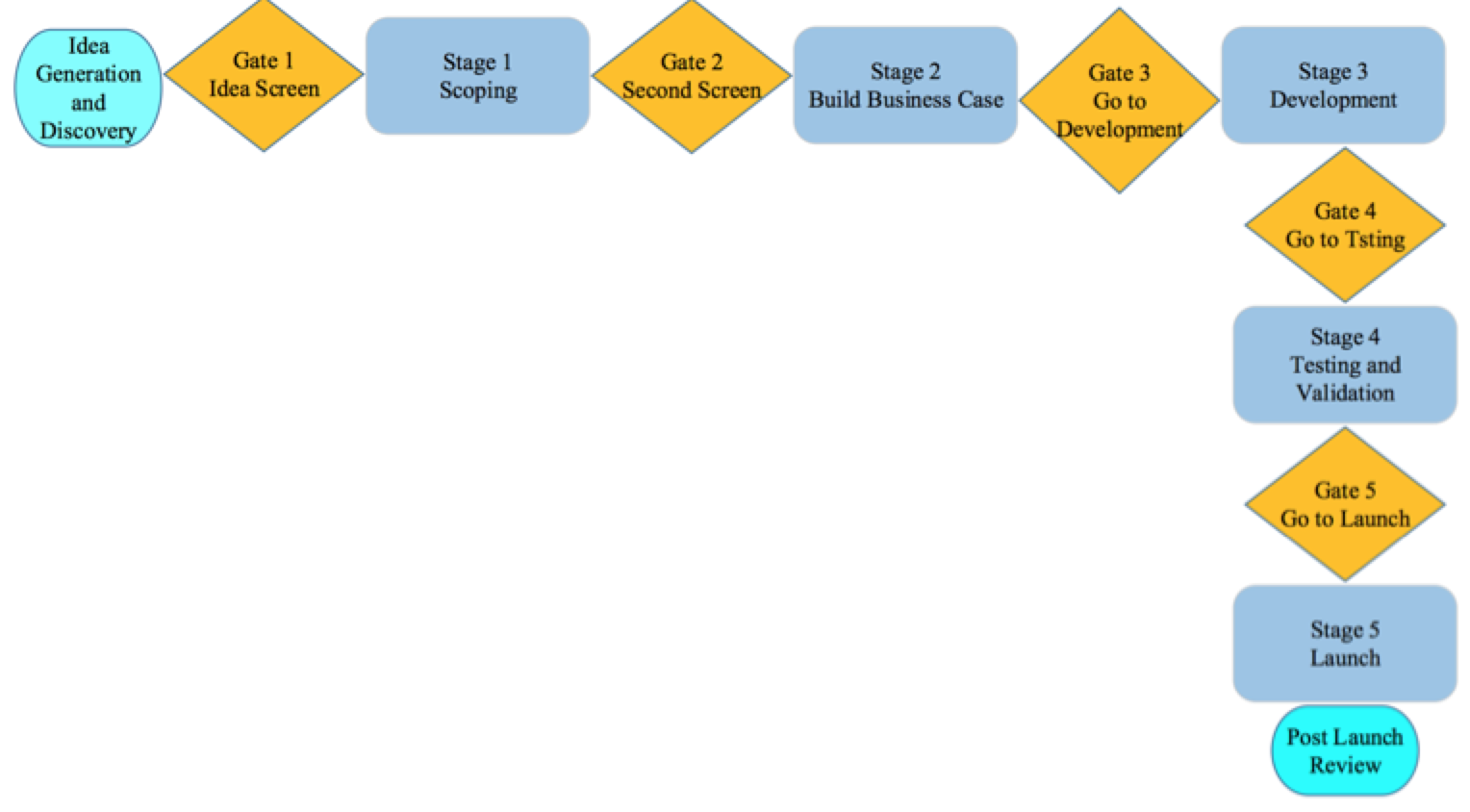Beyond the raise & fall of Nokia & Segway - How startups are nailing the New Products Development programs

Success breeds conservatism and excessive pride. Such combination often breeds collapse.
It’s a dichotomy that applies to a wide variety of subjects – from the Roman Empire to the Jello-123. And I have a great example to back up my claim.We all remember the legendary Nokia mobile phones. The brand emerged from Finland to lead the mobile phone revolution way before Samsung and Apple did. It rapidly grew to have one of the most recognizable brands in the world some two decades ago. At its height, Nokia enjoyed a global market share in mobile phones of over 40 percent. While its journey to the top was swift, its decline was equally so. In 2013, Microsoft acquired Nokia’s smartphones business but never really succeeded in breathing a new life into it.Today the rise and fall of Nokia is a classic theme taught in business schools around the world. While the reasons underlying it are complex, most of the blame was put on a “failure to understand evolving customers expectations”. Nokia failed to develop a new product that champions apps and connects users to more than the GSM network. It followed a “conservative” approach, investing in better hardware. Fair enough, a Nokia phone lasts forever. But people are looking for apps; for integrated pieces of technology. Not a black box!

In this article, we will study the process of launching a new product into the market. From ideation to marketing, we will explain some methods that secure consistency and mitigate failure risks.
New Product Development or “NPD”
NPD programs secure much needed growth for companies regardless of their size and market share. Not only do they potentially increase sales revenue, they actually expand the further expansion.However, NPD programs come with risks of their own.
Launching a new product actually takes research, planning, organizational agility and skilled management / marketing teams. The product must fulfill consumer needs and provide an emotional connection through its promise and brand.
Today’s savvy consumers demand products that satisfy them on many levels including quality, price, status and function. But resources are scarce and valuable. And there is no room for approximate intuition in decision-making.
In fact, a product launch strategy defines several stages of the launch including development, internal testing, external testing, objective and goal setting, positioning, excitement building and event timing. The design team must develop a product that fits a customer need and works to fulfill this need reliably. The objective and goal-setting stage involves setting sales and revenue goals for the launch event for a set future date.Next, the marketing team positions the product relative to the competition and begins marketing tactics designed to build excitement.
The launch event must take place at the ideal time for sales maximization. For example, swimming accessories should have a spring or early summer launch date. And new-technology snowboards should have fall or early winter launches.
Recent studies distill great knowledge from past experiences in near scientific approaches to nail a new product launch. I chose to present the "Stage Gate Model" given its simplicity and wide acceptance.
The Stage Gate model
The "Stage Gate Model" (also called the "Phase Gate Model", or the "Waterfall Process") is an organized, structured product development and launch process that greatly mitigates failure risks of new products.
The Stage Gate model is a proven successful method enjoying international acceptance from companies of all sizes, serving various industries.
It’s no wonder companies like LEGO, HENKEL and CHIPOTLE implemented such methodology before achieving ground-breaking product launches.As shown in the figure below, the process is segmented in five stages with each stage followed by a “gate”.
The stages represent the activities that are taken during the “New Product Development” process.
They are orderly called: Concept, Proto-cept, Alpha, Beta and Commercial.Gates are checkpoints to evaluate the product at a given stage. They involve multiple layer evaluation before proceeding with a Go/No-Go decision.

The Stage Gate Model starts with ideation (or Concept stage) and finishes with the launch of the product in the market (or Commercial stage).
Throughout the process, Business Units managers and senior executives need to carefully allocate resources and budgets while clearly defining their scope. This is where most burgeoning companies find tough hurdles to overcome. Let’s take a closer look.
From concept to product – budgeting an NPD
Allocating human resources and capital is what transforms a corporate strategy from a mere idea to an operational reality. It is paramount to both improvements projects (for existing products) and NPD programs. Getting the “right” budget to meet the perfect level of funding for an NPD is a complicated task. Let’s get back to our Segway example to seek clarification.
The company invested millions of dollars in patents and new technology development.
It started extensive marketing campaigns and made the cover of notorious magazines nation-wide. It even started festivals and paid astronomical fees to Hollywood starts only to fail its NPD at the end.Segway sure got a lot of things right. It is said that even early beta-version equipment were near perfect with no glitches! Needless to say, it all fell apart somehow.
A couple of decades down the road Segway-like scooters are heavily used on a pay-per-use basis in capitals around the world. The market finally “tipped”. Was Segway simply ahead of its time? I don’t think so. Interestingly enough startups (with limited resources) succeeded where Segway (a tech and industrial giant) failed. They focused on partnering with cities looking to be “cool”, on legal framework development, on binding with risky-taking insurance companies, on lobbying and a coming up with a clever business model based on service rather than ownership.
They are far from having glitch-free, dependable equipment like Segway’s.
As a matter of fact, I use Lime quite often in Paris and very often, I scan the barcode using the app, pay my deposit only to find out that the equipment is out of service.
Despite the annoying glitches, scooter hailing is commercially viable. Even more, startups are making huge profit with limited investment (In less than 2 years, San Francisco based Lime reached unicorn status, being valued at over 1 billion USD).

Budgeting and allocating resources for an NPD occur from the top of a structure’s hierarchy downwards. Senior management generally outlines strategic decisions. Say for instance, in the next decade, half the company revenues will be derived from new products. Subordinate levels decision-making then occurs in regards to this direction.
For this example, business managers will make funding decisions to boost NPD. They will justify resources allocations by means of simulations / market research that yield results within the strategic decision.
Throughout the development phase, a degree of organizational flexibility is deemed necessary to increase the NPD future’s NPV. In fact, further budget / resources can be necessary during development (technology upgrade, new functionalities in line with new market sensations).In practice, however, firms seem to follow various policies with respect to funding and control.
The hierarchical structure of the resource allocation and NPD portfolio problem, the concomitant existence of organization design mechanisms, and the fact that practice varies so widely with respect to those design mechanisms prompt us to ask the following questions:
- What types of organization design mechanisms drive effective resource allocation and NPD portfolio strategy?
- How does the choice of organization design mechanism influence the effort invested in improving an existing product versus effort aimed at developing an altogether new product?
Leaving you with intrigue, I'm already working on my answers sheet.
Pictures: Pixabay, Unsplash
Keywords: NPD, Stage Gate Model
Mehdi MEZNI - 2020